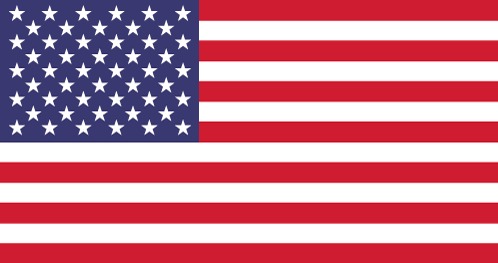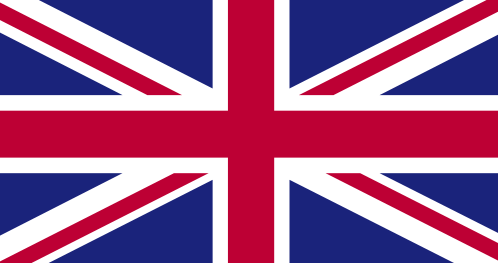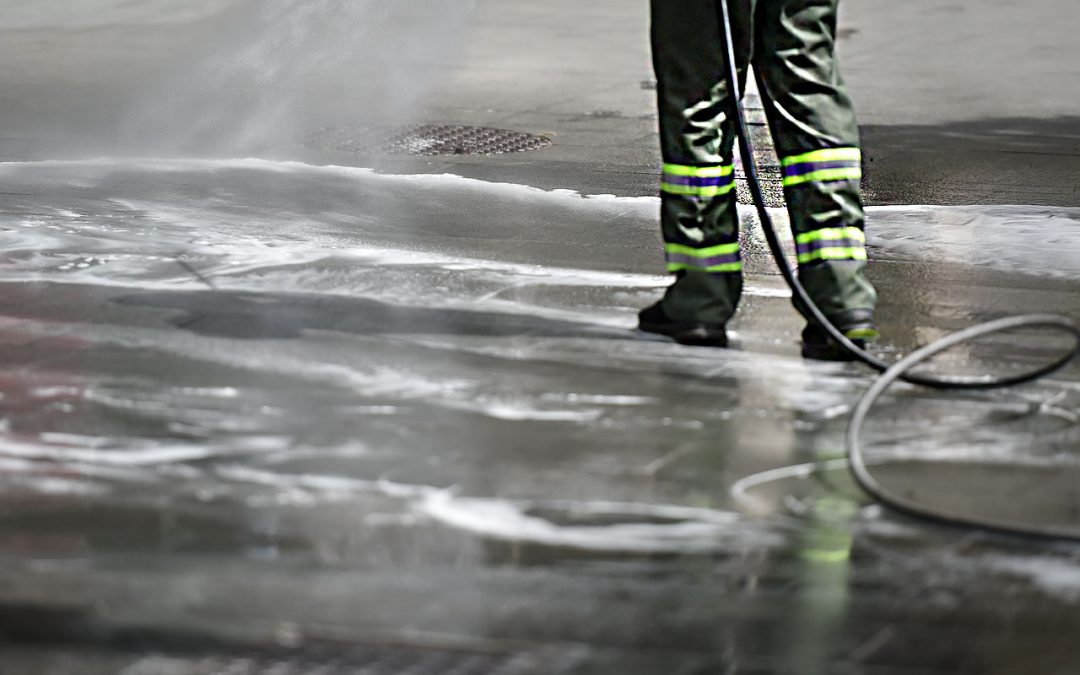Learn about the dangers of hydroblasting and how workers can stay safe while performing this cleaning method.
Hydroblasting has the potential to be a high-risk job if not performed properly.
It is utilized by a range of industries including airports, roads and highways, heavy construction, manufacturing and processing plants, as well as many others. The industrial cleaning industry, in particular, operates some of the highest-pressure equipment in what are often the most precarious and time-critical situations.
WHAT IS HYDROBLASTING?
Also referred to as waterjetting, waterblasting, hydrojetting, or high-pressure washing, this is a cleaning method that involves the use of a high-pressure (high velocity) washer. The stream of pressurized water is aimed at undesirable materials such as paint on concrete or chemicals on steel. The water stream is usually set at the minimum pressure to remove the unwanted material while minimizing damage to the substrate material. Hydroblasting is used as an effective cleaning solution because of its ability to adapt to the requirements of practically any space. Pressures can exceed 40,000 PSI in industrial circumstances. The pressures arising from this equipment are powerful enough to cut through steel, making them extremely hazardous to human safety.
THE DANGERS OF HYDROBLASTING
/ High pressure impact
High-pressure water cleaning is normally performed using jet streams that can have the velocity of a 45-caliber bullet (and more) and do just as much damage. Therefore, extreme caution and strict compliance with procedures must be used to prevent human error from allowing the jet stream to strike the operator, other employees or other equipment. No portion of the body must ever be placed in front of the water jet. These jets of water can puncture and tear the skin or penetrate deeper causing infection or serious internal damage.
/ Chemical exposure
Contact with hazardous chemicals is a daily risk when it comes to high pressure washing. The purpose of this method is to clean or remove chemical substances from equipment and storage tanks, creating the additional risk of exposure. Workers who are not adequately protected through procedures, training, position or personal protective equipment (PPE) can be exposed to harmful substances that may cause significant long-term injury.
/ Musculoskeletal injury
High pressure washing can be a challenging job. Workers are required to stand in awkward positions or cram into confined spaces while lifting heavy tools and equipment. Many of these conditions create great risks for slips, falls, and other injuries. In fact, musculoskeletal injuries account of approximately 30% of all workplace injuries.
/ Machinery/Equipment
The cleaning industry presents countless mechanical hazards. Moving machine parts have the potential to cause severe injuries and a significant percentage of injuries in the workplace have been attributed to machine-related incidents each year. In regard to hydroblasting, the proper safeguarding of power transmission parts within and around the pressure pump is crucial. Space limitations can often increase the risk of contact with the moving parts of a high-pressure pump. It is important to always adhere to CSA Standard Z432 when safeguarding machinery and equipment.
/ Confined spaces
Confined spaces create tricky obstacles for workers performing any duty. They can contain toxic gases as well as other mechanical and physical hazards. Navigating these hazards while maintaining control over a high-pressure washer is an extremely risky task that requires training. To learn more about working safely in confined spaces, read our article here.
RECOMMENDED SAFETY PRACTICES FOR HYDROLBASTING
We’ve compiled a list of minimum personal protective equipment that should be worn by workers when operating high pressure washers. Aside from the required safety glasses and hardhats, workers should be equipped with:
Face shields: Clear shield, at least nine inches deep.
Rain Suit: Made of nylon fabric and coated with Neoprene on both sides.
Gloves: Made of Neoprene, rubber and PVC with a rough wet grip finish.
Rubber steel-toed boots: Should be knee length with ribbed steel shanks and heavy tread soles for nonslip traction.
Metatarsal Guards: Designed to be worn with lace-type steel toe boots for added foot protection.
In addition to proper protective gear, it is also essential to follow practices that increase reliability and safe performance of these washers. In order to ensure employee health and safety, try to follow these dos and don’ts of operating high-pressure washers:
DO
Wear personal protective equipment.
Stop unit to change nozzle, hose assemblies and other parts.
Stop unit in case of a leak.
Wear a safety harness when in an elevated position.
Use only the manufacturer’s recommended chemicals.
Don’t:
Tie gun lever or trigger down.
Start the unit with the gun engaged.
Aim the gun at people, strike unsecured objects or other potential hazards.
Engage gun unless it is properly connected and held.
Operate the washer without proper training.
Both employees and employers hold their own set of responsibilities when it comes to minimizing the dangers of hydroblasting. Both should have a thorough understanding of regulations and requirements for working with dangerous machinery and in dangerous spaces.
TEAM GROUP HYDROBLASTING PRACTICES
At TEAM Group, the safety of our employees always comes first. We prioritize safety while also providing facilities with the best possible cleaning services. If you’re looking to have your facility and/or heavy-duty equipment pressure-washed, we offer the following hydroblasting services and guarantees:
- High- and low-pressure settings
- Hot water/ cold cutting
- 3,000, 10,000 to 40,000 PSI
- Automated solutions
- Hands-free technologies
- OSHA certified
Call us today to find out more!
ADDITIONAL RESOURCES:
https://www.mpwservices.com/wp-content/uploads/2018/08/ICG-Automated-Excavator-Shotgun.pdf






